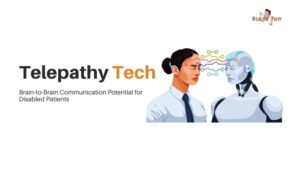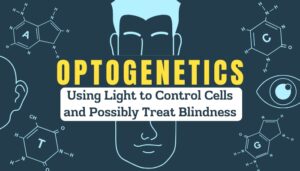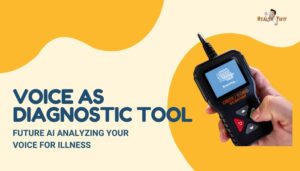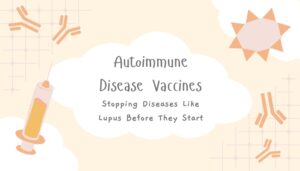Precision Nutrition: Diet Plans Tailored to Your Genes and Gut
Introduction Diet has long been a cornerstone of good health. But one-size-fits-all guidelines—like standard calorie targets or universal low-fat strategies—often yield mixed results. Now, precision nutrition aims to tailor eating plans to each person’s genetic makeup, gut microbiome, and unique...
Read MoreX-Ray Vision for Surgeons: Could AR Let Doctors See Through the Body?
Introduction Surgeons rely on imaging—X-rays, CT scans, MRIs—to understand what’s happening inside a patient before making the first incision. But what if they could literally see a patient’s anatomy in real time, layered over the physical body during surgery? Emerging...
Read MoreQuantum Computing for Drug Discovery: Medicinal Chemistry in Seconds?
Introduction Drug discovery can be an expensive, time-consuming, and uncertain process, often taking years and billions of dollars from idea to market. A key bottleneck lies in the molecular simulations needed to identify promising compounds and optimize them for potency,...
Read MoreHolistic Medicine Comeback: Integrating Traditional Remedies with High-Tech
Introduction For millennia, cultures worldwide have relied on herbal remedies, acupuncture, and mind-body rituals to maintain health and treat common ailments . Over time, these traditional practices took a backseat to pharmaceutical advances, lab-derived therapeutics, and modern surgeries. Today, however,...
Read MoreTelepathy Tech: Brain-to-Brain Communication Potential for Disabled Patients
Introduction Imagine the ability to transmit thoughts or messages directly between minds, bypassing the need for spoken or written language. While it sounds like science fiction, brain-to-brain communication (or “telepathy tech”) is gradually emerging from proof-of-concept lab experiments. In particular,...
Read MoreOptogenetics: Using Light to Control Cells and Possibly Treat Blindness
Introduction Optogenetics—the technique of genetically modifying cells so they respond to light—has transformed neuroscience research. By inserting genes for light-sensitive proteins (like channelrhodopsins) into specific neurons, scientists can turn electrical activity “on or off” with pulses of light. Beyond basic...
Read MoreProtein Folding Solved: How It Accelerates Cures for Tough Diseases
Introduction Proteins are the workhorses of biology, orchestrating nearly every cellular function. Their 3D shape (fold) determines how they bind molecules, catalyze reactions, or send signals. Understanding this folding has historically been laborious and approximate, relying on years of experiments....
Read MoreEpigenetic Therapy: Reprogramming Genes to Treat Diseases
Introduction For decades, scientists believed the human genome was the ultimate blueprint of health and disease. Yet as research advanced, it became clear that epigenetic factors—chemical tags on DNA or histones—crucially modulate which genes are active and which remain silent....
Read MoreVoice as a Diagnostic Tool: Future AI Analyzing Your Voice for Illness
Introduction The human voice carries more than just words. Its pitch, tone, rhythm, and timbre can reveal underlying neurological or physiological conditions. Recent advances in AI-based voice analysis tap these subtle cues to screen for diseases ranging from Parkinson’s to...
Read MoreAutoimmune Disease Vaccines: Stopping Diseases Like Lupus Before They Start
Introduction Autoimmune diseases such as systemic lupus erythematosus (SLE), rheumatoid arthritis, and type 1 diabetes arise when the immune system mistakenly attacks the body’s own tissues. Conventional treatments often rely on immunosuppressants to quell flare-ups, but side effects and incomplete...
Read More









